Industry insider: MTB career insights with Dangerholm
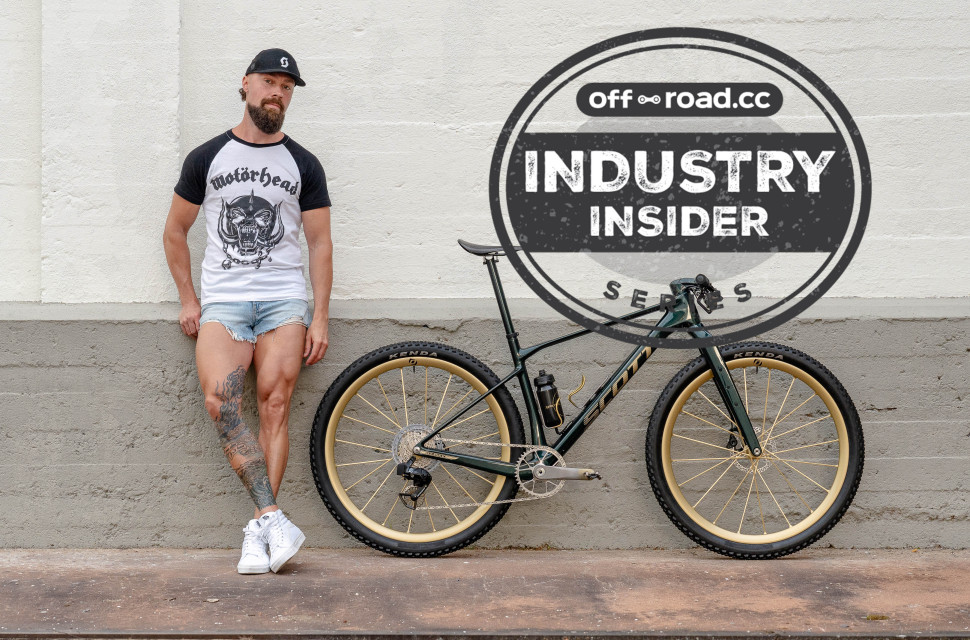
The trail to becoming Dangerholm was not one laden with kryptonite or brimming with superpowers for 38-year-old Gustav Gullholm. It all began in a small rural town in Sweden, where he discovered BMX riding in a local church. Yes, that’s where this young Nordic boy, who now struts those famously skimpy denim shorts, first got baptised into the two-wheeled religion that is cycling – and found meaning and divinity for the weirdly wonderful future he was about to ride out.
- Bike check: Dangerholm's "world's lightest" Scott Lumen eRide
- Dangerholm gives us a glimpse into the future of MTB
- Dangerholm's Solace Wasteland is the coolest e-gravel bike we've seen
His passion for small wheels ran true throughout those early years and led him towards bigger and greater wheels – those of the mountain bike. To fund this passion, he would trade his teenage kicks for spare hours of work in a local bike shop. The rest, as they say, is history or is it mystery?
We asked the man himself about finding Dangerholm in his own unique and timely way.
In your own words, who are you and what do you do?
I guess I'm the epitome of a bike nerd, so what I do is I tune and custom build bikes, trying to push both technical and aesthetic aspects to the next level. It can, for example, be building the world's lightest bikes or coming up with custom solutions for integration. Usually, each bike has some sort of concept or vision. But no matter how extreme they are, a key element is that they're not just show bikes but always built to be ridden and perform great.
What is your job?
Essentially, I'm an ambassador for SCOTT Sports, along with a long list of component brands, from SRAM to small one-man operations that make boutique carbon parts. Then, I take these already very nice frames and components and turn it up to 11 by custom painting, modifying and tuning them, resulting in some pretty unique bikes. These are then presented to the world via bike shows, social media and traditional media features, creating a lot of exposure and discussion.
How did you get into what you do?
When I was 14, I started working extra in our local small-town bike shop in the summers and after school hours. Here, I learned a lot about working on bikes, but I also started earning my own money, meaning that every long Swedish winter, I built a new bike for next summer. What started with used parts and broken welded-back-together frames got better and better each year. There was always a creative drive behind it all, obsessing over small details and modifying stuff.
After many years of this, I found myself going all in trying to build the lightest yet functional XC mountain bikes possible – in 2016/2017. While I had done similar things in the past, I started posting about the process on social media for the first time and quickly noticed that people were interested. The bikes ended up being a huge media success, which I had never dreamt of or expected since the main goal at the start simply was to build a couple of amazing bikes for myself to ride. This made me think there might be something there if I did my best to continue down this path.
Coincidentally, this shop I worked at was one of the very first SCOTT dealers in Sweden, so I essentially grew up around the brand, and at this point, they were rolling out some nice new models which I genuinely wanted to buy. Which I did, but with the thought that, perhaps, if I can repeat the success, maybe I could get an extra nice price on a frame for the next build. So it made sense to me in every way to continue to focus on SCOTT builds, and even though it took a few years, here we are working together now.
And while it was a long journey with many late nights, it was also very understandable that it did take some time. After all, there I was voiding the warranty by stripping paint with bushcraft knives, which is not what you usually want to put out there as a bike brand. But this is also perhaps the best proof that there are a lot of really cool and passionate bike people working there, since they could see my vision and eventually started to support me.
How long have you been working in the bike industry?
I continued to work in the bike shop until three years ago, which was when I started my own business to focus fully on the "Dangerholm" thing.
How have things changed since you started?
Even though I'm not a shop rat anymore, all those years had a huge influence on me. Something which I'm very thankful for because I think it's great to have that perspective since customers of all levels are what keeps the industry spinning at the end of the day. So while I, of course, think about many different things upon hearing that question, I believe that one of the biggest changes is the general digitalisation. Some aspects now have less personal interaction or move faster, which I believe that we, to some extent, should try to balance.
Is there anything you wish you could change about your role/job?
I don't mean to complain, because I know I have a dream job, so to speak, but I wish I could somehow have (and afford) some sort of assistant. Since my role, literally, is to do everything from emails to writing PR kits, photography, filming, research and social media, I don't get to spend as much time building bikes as I'd like.
What does the average week look like?
Often, it rotates with me spending more or less a full week in the office, be it editing or emailing, followed by realising I really need to get going with some bike stuff, so I go full speed in the workshop the next week. Then the pile of emails or such is too big, and it's back in the office. And that's how the cycle continues.
What advice would you give to someone who wants to do your job/what you do?
Three things: be professional, be yourself and find your niche. Perhaps not that easy to combine, but I truly believe these are crucial points if you want to be on the ambassador side of the cycling industry. Sure, you can be super fast and simply win all the races, but even so, there can be a lot to be gained by just adding some extra professionalism, positivity and personality. Personal goals or ambitions aside, your job is a lot about inspiring, encouraging and entertaining – all positively and inclusively. Something more important than ever, considering all the negativity out there, especially on social media.
What do you like most about what you do?
That I get to be creative and realise many of all my crazy ideas, and best of all is, of course, that I get to ride all these amazing bikes.
Lately, I've also been given the chance to propose concepts and have partner brands putting their R&D resources into making prototype components. As an example, I had this idea about more user-friendly cable integration for mountain bikes, and what started with me making a basic model out of wood later became a 3D printed, ISO tested and fully rideable handlebar. For someone who thinks about bikes 24/7 and is full of ideas but a bit limited as I'm no designer or engineer myself, those projects are super cool.
If you weren’t doing this, you would be?
When I was a kid, I wanted to become a car designer, so the plan was to study industrial design. I started moving in that direction, but things happen, and I enjoyed the bike shop life too much to continue studying. So I'd like to think I'd be doing something creative, but to be honest, you'd probably still find me in that small town shop.
What have been some of the highlights of your career?
The whole thing still feels super surreal, so in a way, it's a highlight in itself that I get to do what I do. I pretty much only realise how far I've come when I'm at some event and people come up to talk to me and tell me how some build inspired them or that I've somehow had a positive impact. The rest of the year, I spend incognito at home, mostly just talking to my cats and my girlfriend (which is great, don't get me wrong), so it's a big contrast there.
But, of course, there have been some pretty special moments, too, like some of those early big media features. The biggest highlight is definitely when I first signed with SCOTT, though. Talk about a childhood dream coming true to work with a brand like that. Unboxing my first signature chainring based on my design ideas through a collaboration with RadoxX Components was also a day worth remembering.
The industry finds itself in a tough situation in terms of the cost of living. Do you see it recovering any time soon and, if so, what will brands need to do to stay relevant and afloat?
While I'm not sitting on all the cards, I do believe that the light at the end of the tunnel isn't too far away. Within the industry, a lot of things are moving in the right direction, so while it seems to be a lot to ask, we just need some luck with the world and economy in general to get some proper stability again. Sure, I have some thoughts and ideas on what brands could do, but I'm really not that kind of expert, so I will instead humbly say that I believe that aside from wise business decisions, there needs to be a fun and positive air about bikes. It might sound vague or silly, but I mean it on all levels, from the shop floor to the media to the big brands.
The more we manage to remind people that bikes are a source of joy and also an amazing means of escape from a sometimes troublesome world, the more people will ride and hopefully also make room for the expense.
What do you dislike most about the cycling industry?
The cycling industry is full of amazing and passionate people, so generally, I love it and try to focus on the positives. But I guess the few things I dislike are more linked to the manufacturing side of things or some of the big shifts. For example, I wish there were more manufacturing in Europe, and I don't like how some changes in sales strategies have affected bike shops in recent years.
But once again, it is about balance. Zooming out and looking at things from a big perspective, things tend to maybe push a little bit too far in some direction before they balance, and we find a sweet spot. Hopefully, this becomes true about these things, too, so that down the road we have more production here and also a nice and healthy mix of bike shops, web shops and direct-to-consumer models.
How do you keep things balanced when your hobby becomes your job?
To be honest, I've failed so badly in recent years. So I'm still working on it and am in no position to give tips, but fingers crossed for this year – again. So if you finally start seeing more photos and videos of me riding the shit out of my bikes you'll know I've succeeded!






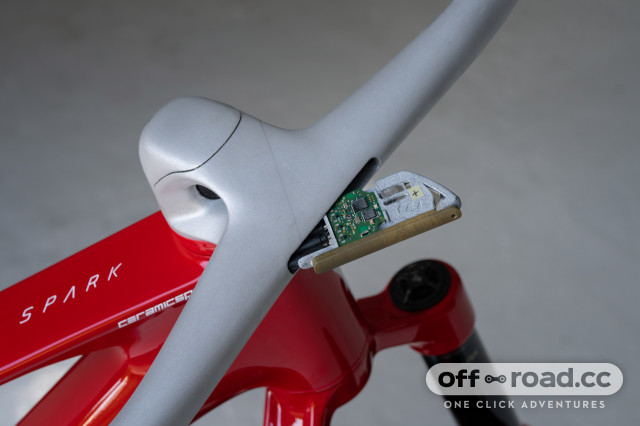

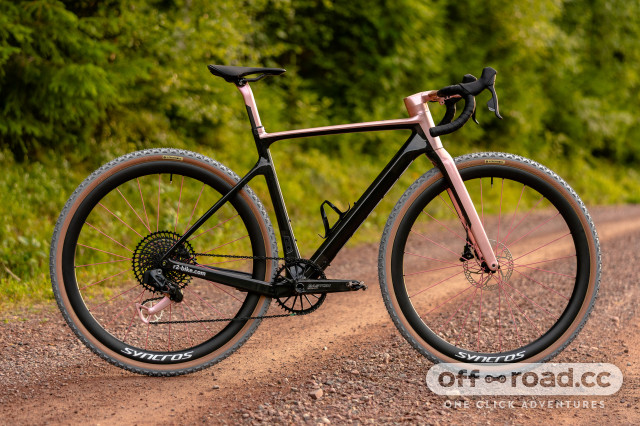


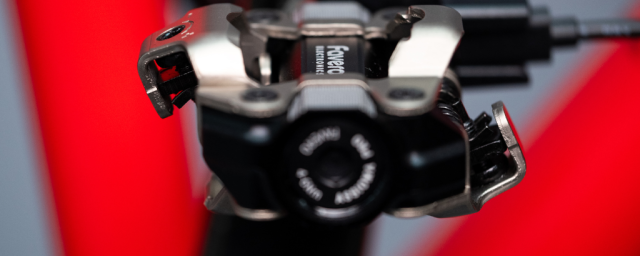
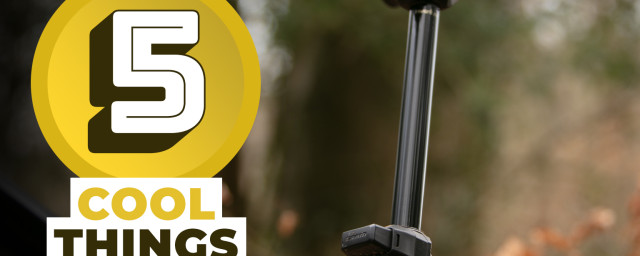
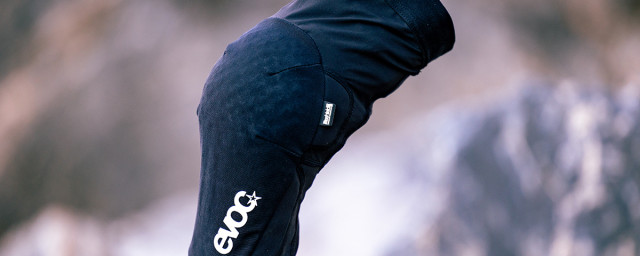
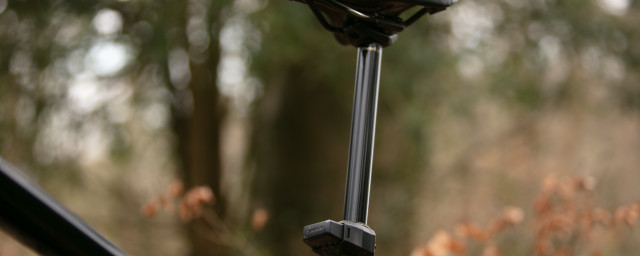
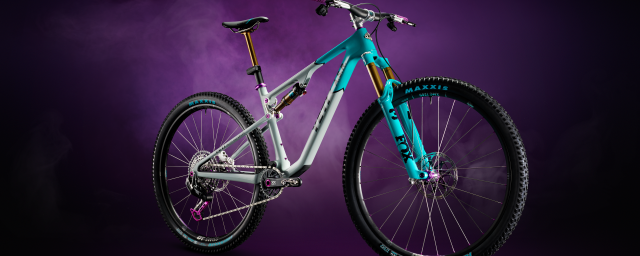
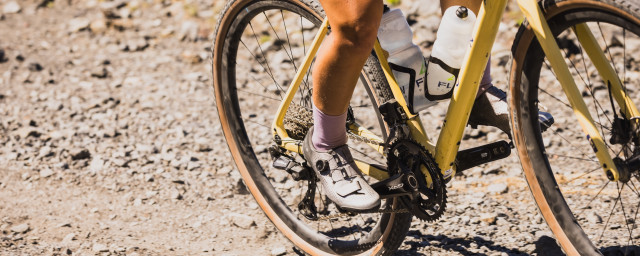
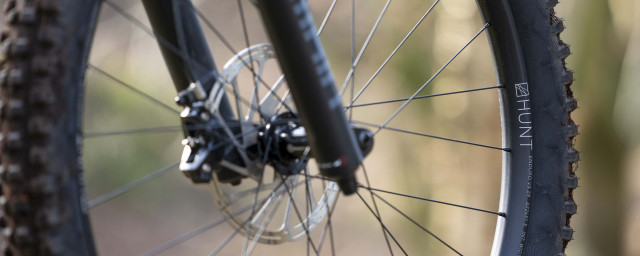
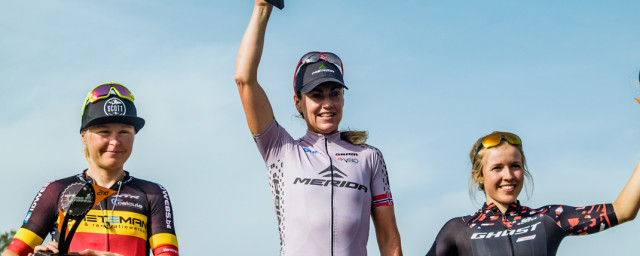
1 comments
Nice piece, thanks. Really enjoyed the honest no-nonsense answers as well. Hope Dangerholm can keep doing what he is doing!